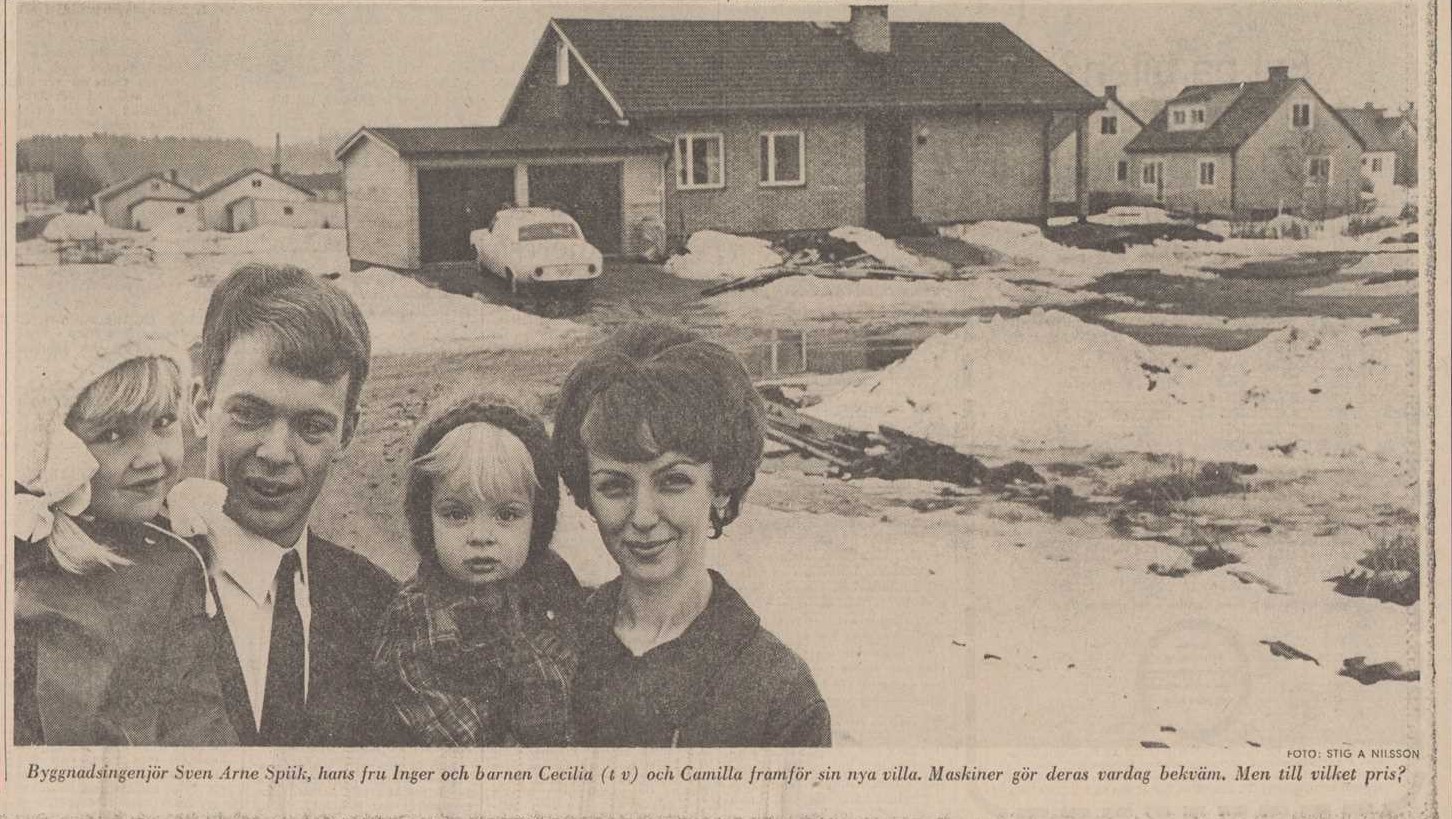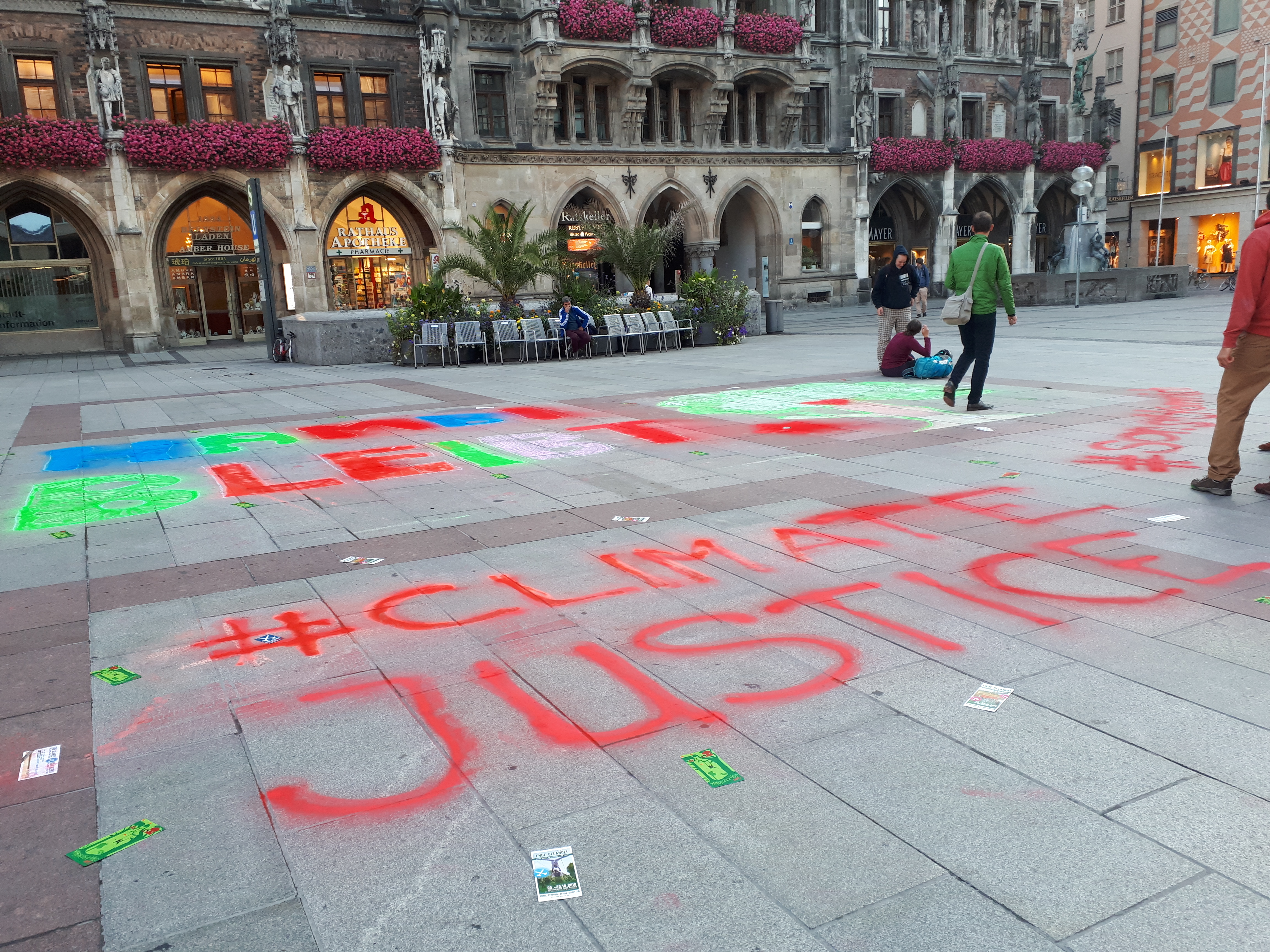Imaginings
stories, creative nonfiction, poetry, and other imaginative accounts of the natural world
-
Insect Profile: Asian Tiger Mosquito

Aedes albopictus There are several ways to identify Asian Tiger mosquitos: black and white flecked bodies with a stripe down the back, the unusual habit of feeding during daylight hours, and until relatively recently, a tropical and subtropical distribution within Southeast Asia. Over past decades, however, the species has begun moving further afield, being stowed…
-
Beyond Denial and Anger: How Journalists and Scientists can Collaborate for Better Communication

By: Rosalind Margaret Donald In the early months of 1999, the UK press traded headlines for and against the use of genetically modified crops. A circulation war had escalated to ecstatic heights, peaking in February with the Daily Express’s headline “MUTANT CROPS COULD KILL YOU.” Questioned a few months after the frenzy was over, in the…
-
Green Talks: Barbro Soller and the Emergence of Modern Environmentalism in 1960s Sweden

*Featured image: The modern villa family, on the front page of the Dagens Nyheter newspaper, 4 November 1968. ©Dagens Nyheters digital archive, used with kind permission. By David Larsson Heidenblad The historiography of modern environmentalism revolves around scientists, intellectuals, activists, and politicians. Hence, we know much about the likes of Rachel Carson and Barry Commoner, the formation…
-
Green Talks: Looking Behind the Scenes of Environmental Journalism

In this new series edited by Maximilian Feichtner, Jonas Stuck, and Ayushi Dhawan of the DFG Emmy-Noether Research Group Hazardous Travels. Ghost Acres and the Global Waste Economy, the authors take a look into the role of environmental journalism in communicating science and spurring change, as well as the challenges journalists face in documenting and…
-
“Fridays for Future” and the Fight for Climate Justice

By Daniel Dumas and Maryam Tatari *Featured image: The rain did not keep people from assembling for the Fridays for Future march in Munich. Photo: Geoffrey Craig. On 15 March this year, 1.5 million people—young students in particular—took to the streets around the world to protest for climate justice, as part of the Fridays for…
-
Writing for Change: Can Storytelling Save the Planet?

by Theresa Leisgang (@besal) Greta has not spent a single Friday in school since the beginning of the year. Little was the Swedish girl to know that one day over a million children in 1,700 places around the world were going to join her, demanding a radical change in climate politics. How did this happen?…
-
Empirical Ecocriticism

Workshop Report (14–15 December 2018, Rachel Carson Center, Munich, Germany) By Alexa Weik von Mossner and Matthew Schneider-Mayerson On 14 and 15 December 2018, the Rachel Carson Center for Environment and Society hosted the workshop Empirical Ecocriticism. Empirical ecocriticism is an emerging subfield of ecocriticism that focuses on the empirically grounded study of environmental narrative—in literature,…
-
Popularizing Climate Change and the Challenge of Multiple Narratives

By Roberta Biasillo This blog piece is inspired by Harald Lesch’s talk “Science, Society, Signs” at the RCC Lunchtime Colloquium. It focuses on the potential and limits of graphic representations of climate change-related phenomena, interpretations, and understandings. (*Featured image: Peel, M. C., Finlayson, B. L., and McMahon, T. A. (University of Melbourne). Enhanced, modified, and…
-
#ClimateJustice

Climate activists left their mark early yesterday morning on Marienplatz in protest against the clearing of the Hambach Forest, and the forced evictions that began last week. Police soon arrived and began to issue citations. Since 2012, activists have occupied the forest, where German energy giant RWE plans to expand its open-pit lignite mine—one of…
